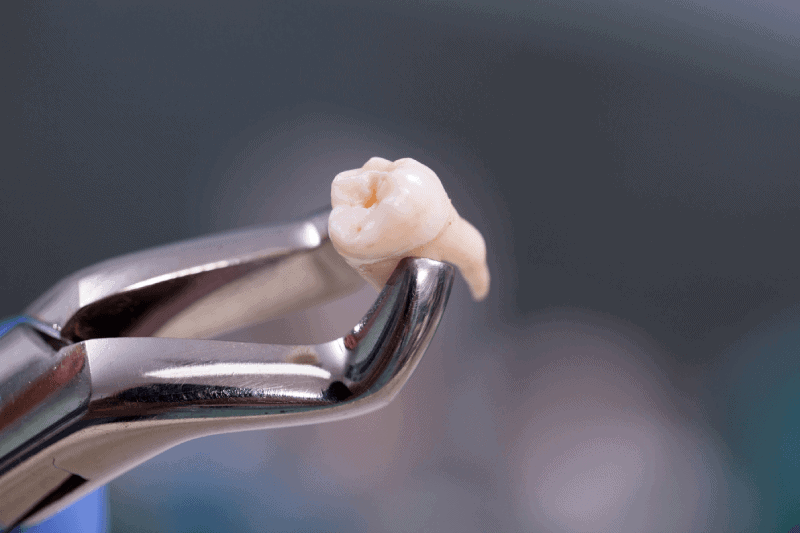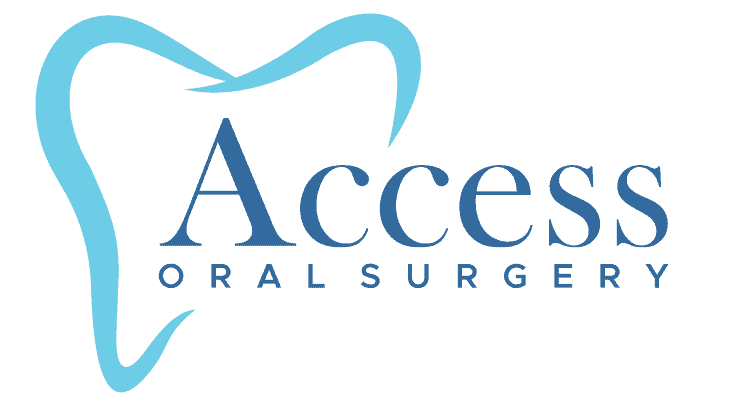Tooth Extraction

Tooth Extraction
- Crowding of teeth
- Risk of infection
- Decaying teeth
- Effects of severe periodontal disease
- Very loose teeth due to bone loss
- Impacted wisdom teeth (third molars)
Care after a tooth extraction.
Here are some useful suggestions to alleviate pain, expedite the healing process, and lower the chances of infection:
1) Clench down on the gauze pad given by your oral surgeon.
2) Replace the gauze at intervals of 20 – 30 minutes until the bleeding ceases.
3) Adhere to the pain relief regimen outlined by your oral surgeon.
4) Refrain from forceful rinsing or spitting for the initial 24 hours (To rinse, gently tilt your head and allow water to flow out of your mouth, so as not to displace the blood clot). After the first 24 hours, you may proceed with mild saltwater rinses.
5) Use a cold compress on your cheek in 20-minute intervals to reduce swelling.
You ask, we answer
Dental extractions involve removing teeth from the gums and alveolar bone – otherwise known as tooth sockets. Extractions may sound scary, but they are painless because anesthetics are used.
Most dentists do not recommend tooth extractions as their first option. We will always look for alternatives and try to avoid removing teeth whenever possible. It may be necessary to extract a tooth if it is severely infected and cannot be saved.
Dental overcrowding and impacted teeth are other common reasons for extractions. When a tooth does not have enough room to erupt through the gum line, it is classified as impacted. In these cases, the tooth or teeth may need to be extracted in order to create the space for it to grow. An extraction can also be used for orthodontic procedures that require more space than is available in a crowded mouth.
During the consultation, you will meet your oral surgeon. A 3-D scan of your mouth and face may be taken, and we will discuss anesthesia and sedation options with you before treatment. A simple tooth extraction is often completed with only local anesthesia. Consultations and extraction procedures can sometimes be combined in one appointment.
To remove the tooth, your surgeon will administer a local anesthetic and use forceps. After your surgery, we will place gauze in your mouth to control bleeding and send you home with detailed instructions. Your extraction site should be properly healed by following aftercare instructions closely to avoid a dry socket, a painful condition caused by a dislodged blood clot inside the tooth socket.
Extractions can be sensitive procedures, but you can trust Access Oral Surgery for effective dental care with a human touch. Get in touch with Access today to learn more about your dental health options.
